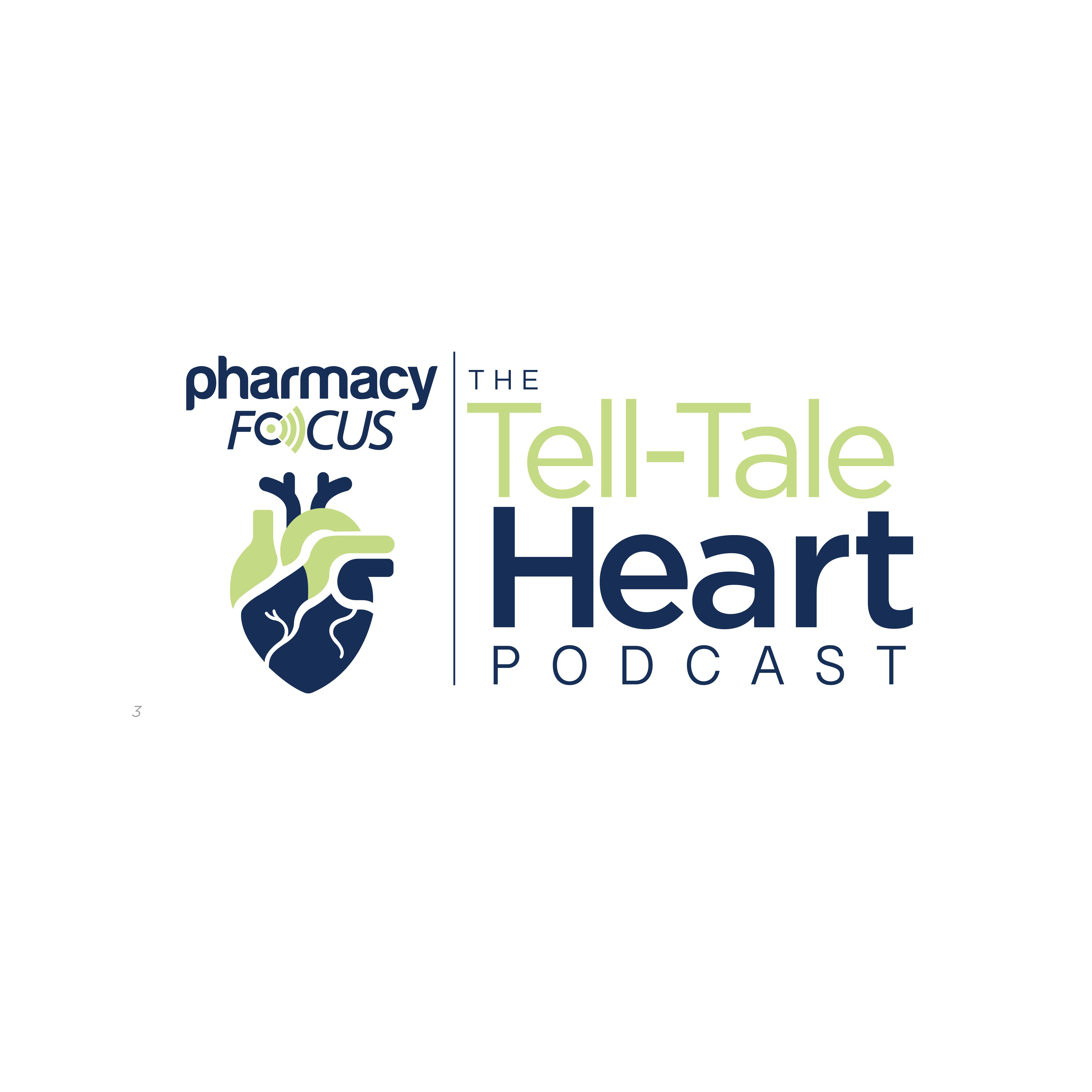News
Article
Semaglutide Combinations Show Promise in Phase 2 COURAGE Obesity Trial
Author(s):
In the ongoing phase 2 COURAGE clinical trial, novel combinations of semaglutide (Ozempic, Rybelsus, Wegovy; Novo Nordisk), a glucagon-like peptide-1 receptor agonist (GLP-1), with trevogrumab (Regeneron Pharmaceuticals), an anti-GDF8/anti-myostatin antibody, and optionally garetosmab (Regeneron Pharmaceuticals), an anti-activin A antibody for obesity treatment, demonstrated that nearly 35% of weight loss achieved with semaglutide alone was due to the loss of lean mass. The results published by investigators in a news release from Regeneron also found that combining semaglutide with trevogrumab, with or without garetosmab, helped preserve lean mass while simultaneously increasing fat mass loss.1
Image credit: Andreas Prott | stock.adobe.com

Role of GLP-1s in Weight Management
Semaglutide is used to treat type 2 diabetes (T2D) with diet and exercise to help control blood glucose, as well as lower the risk of heart attack, stroke, or death in patients with obesity, heart or blood vessel disease, and T2D. In June 2021, a 2.4-mg dose of semaglutide was granted FDA approval for chronic weight management when used together with diet and exercise in adults with obesity or overweight with at least 1 weight-related condition, such as high blood pressure, T2D, or high cholesterol.2
Semaglutide’s Link to Muscle Loss
Although semaglutide is associated with significant weight loss, its impact on lean body mass remains misunderstood. Previous research has identified that individuals using the GLP-1s could experience muscle loss as an adverse effect due to the increased amount of weight loss and the body’s response to a calorie deficit.3
“Recent advancements have resulted in patients being able to lose significant amounts of body weight. Unfortunately, this weight loss comes at the cost of muscle loss, and we know muscle is important to overall health,” George D. Yancopoulos, MD, PhD, board co-chair, president, and chief scientific officer at Regeneron, said in a news release.1
Study Design and Results of Phase 2 COURAGE Clinical Trial
The phase 2 COURAGE clinical trial aimed to assess the quality of weight loss among individuals with obesity, classified as a body mass index (BMI) of 30 kg/m or more. The researchers split treatment into two 26-week periods: a weight loss phase and a weight maintenance phase. In the weight loss phase, individuals were randomly assigned to receive semaglutide alone or in combination with 2 different doses of trevogrumab—a lower- or higher-dose combo or a higher dose of trevogrumab in combination with garetosmab.1
Following the completion of the weight loss phase after 26 weeks, individuals started the weight maintenance phase, where they received a higher-dose of trevogrumab monotherapy or placebo until week 52.1
The 3 primary end points included percent change from baseline in lean mass, fat mass, and body weight at week 26. However, the study authors noted that they calculated the lean mass and fat mass by using the dual-energy X-ray absorptiometry (DXA) scan. However, they used a scale to measure body weight, causing the lean and fat mass numbers to not precisely quantify the body weight.1
The results of the interim analysis demonstrated that 34.5% of individuals that experienced semaglutide-induced weight loss had a factor of lean mass loss. In contrast, individuals in the combination groups conserved more lean mass with greater fat loss compared to individuals that received semaglutide alone.1
Since the study is ongoing, results from the weight-maintenance phase are not yet available, along with the safety and efficacy of trevogrumab and garetosmab.1
“These early insights from the COURAGE trial are consistent with recently published preclinical data in rodents and non-human primates and clearly establish the principle that blocking GDF8 with or without activin A can preserve muscle and further increase fat loss in patients being treated with GLP-1 therapy, thereby improving the quality of weight loss,” Yancopoulos said in a news release. “The full data set will be available later this year and will provide further insights to help optimize the dosing regimens in future trials.”1
REFERENCES
1. Interim Results from Ongoing Phase 2 COURAGE Trial Confirm Potential to Improve the Quality of Semaglutide (GLP-1 receptor agonist)-induced Weight Loss by Preserving Lean Mass. Regeneron. News release. June 2, 2025. Accessed June 10, 2025. https://investor.regeneron.com/news-releases/news-release-details/interim-results-ongoing-phase-2-courage-trial-confirm-potential
2. Bikou A., Gkana-D F., Penteris M., Constantinides T., Kontogiorgis C. A systematic review of the effect of semaglutide on lean mass: insights from clinical trials. Expert Opin Pharmacother. April 10, 2024. Accessed June 10, 2025. doi: 10.1080/14656566.2024.2343092
3. Mayo Clinic. Semaglutide (subcutaneous route). Accessed June 10, 2025. https://www.mayoclinic.org/drugs-supplements/semaglutide-subcutaneous-route/description/drg-20406730#cmp-body
Newsletter
Stay informed on drug updates, treatment guidelines, and pharmacy practice trends—subscribe to Pharmacy Times for weekly clinical insights.






